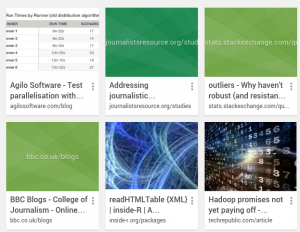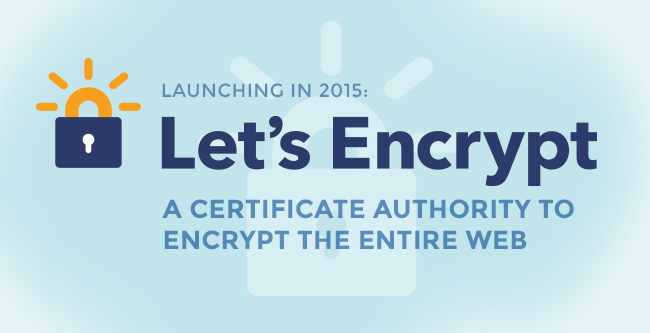IAB workshop on Explicit Internet Naming Systems by Cindy Morgan.
From the post:
Internet namespaces rely on Internet connected systems sharing a common set of assumptions on the scope, method of resolution, and uniqueness of the names. That set of assumption allowed the creation of URIs and other systems which presumed that you could authoritatively identify a service using an Internet name, a service port, and a set of locally-significant path elements.
There are now multiple challenges to maintaining that commonality of understanding.
- Some naming systems wish to use URIs to identify both a service and the method of resolution used to map the name to a serving node. Because there is no common facility for varying the resolution method in the URI structure, those naming systems must either mint new URI schemes for each resolution service or infer the resolution method from a reserved name or pattern. Both methods are currently difficult and costly, and the effort thus scales poorly.
- Users’ intentions to refer to specific names are now often expressed in voice input, gestures, and other methods which must be interpreted before being put into practice. The systems which carry on that interpretation often infer which intent a user is expressing, and thus what name is meant, by contextual elements. Those systems are linked to existing systems who have no access to that context and which may thus return results or create security expectations for an unintended name.
- Unicode allows for both combining characters and composed characters when local language communities have different practices. When these do not have a single normalization, context is required to determine which to produce or assume in resolution. How can this context be maintained in Internet systems?
While any of these challenges could easily be the topic of a stand-alone effort, this workshop seeks to explore whether there is a common set of root problems in the explicitness of the resolution context, heuristic derivation of intent, or language matching. If so, it seeks to identify promising areas for the development of new, more explicit naming systems for the Internet.
We invite position papers on this topic to be submitted by July 28, 2017 to ename@iab.org. Decisions on accepted submissions will be made by August 11, 2017.
Proposed dates for the workshop are September 28th and 29th, 2017 and the proposed location is in the Pacific North West of North America. Finalized logistics will be announced prior to the deadline for submissions.
When I hear “naming” and “Internet” in the same sentence, the line, “Oh no, no, please God help me!,” from Black Sabbath‘s Black Sabbath:
https://youtu.be/qrVKmTPFYZ8?t=238
Well, except that the line needs to read:
Oh no, no, please God help us!
since any proposal is likely to impact users across the Internet.
The most frightening part of the call for proposals reads:
While any of these challenges could easily be the topic of a stand-alone effort, this workshop seeks to explore whether there is a common set of root problems in the explicitness of the resolution context, heuristic derivation of intent, or language matching. If so, it seeks to identify promising areas for the development of new, more explicit naming systems for the Internet.
Are we doing a clean reboot on the problem of naming? “…[A] common set of root problems….[?]”
Research on and design of “more” explicit naming systems for the Internet could result in proposals subject to metric evaluations. Looking for common “root problems” in naming systems, is a recipe for navel gazing.




